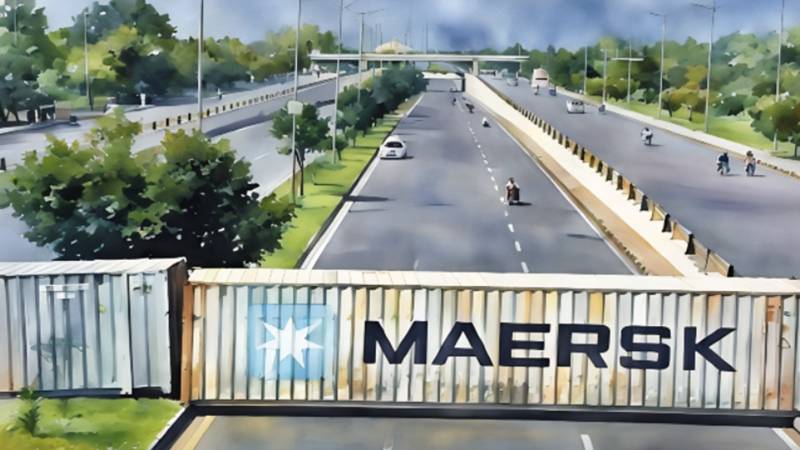
In the political landscape of Pakistan, political instability and insecurity have become a regular feature. In most democratic countries, general elections ensure political stability and sustainable socio-economic growth. But in the case of Pakistan, unfortunately, general elections always led to political instability and a series of protests and marches. Like in the past, the general elections of 2024 gave rise to a new wave of instability.
Political demonstrations and protests are indicators of a healthy democratic state. However, in the case of Pakistan, they may indicate a more troubling situation. The country was downgraded in the Global Democracy Index 2024, falling to an “Authoritarian Regime” from a “Hybrid Regime” and declining 11 places in the index.
Political instability is an output of continuous protests and demonstrations. Such processes are associated with the deterioration of economic growth. In literature on this issue, scholars and researchers have highlighted negative impacts on economic growth, exports, and detrimental effects on the value of equities as some major impacts of continuous political unrest and protests.
Along with the policy of blocking major arteries with containers, the government has also adopted mobile signal and internet disruption as a tool. This is a strategy of economic self-harm
In the last few months, Pakistan particularly the twin cities Islamabad and Rawalpindi have become a hub for many protests and demonstrations of different political parties. During these events, both cities are sealed with the help of heavy containers and other obstacles. Economic activities were badly affected in both cities.
In the current economic conditions of Pakistan, on the one hand, getting a job has become increasingly difficult, and poor people are compelled to find precarious work as daily wage earners. When cities are closed, and roads are sealed, how will these daily wages be earned?
Along with the policy of blocking major arteries with containers, the government has also adopted mobile signal and internet disruption as a tool. This is a strategy of economic self-harm. Now the global economy has shifted to an internet-based and technology-based economy. The internet has become an essential element for economic activities. According to a study conducted by PIDE Islamabad, the direct cost of one day of internet closure is Rs1.3 billion, which is 0.57% of daily GDP.
The damages and losses are not only limited to economic costs. There are numerous other hidden costs also linked to unrest political activities. The educational sector of Pakistan is highly vulnerable in this context. Either due to political or religious events, the closure of educational institutions remains the top priority of the government. Closure of class activities, postponement of exams, and re-schedule of class activities causes mental stress to the students. Furthermore, some students aiming for professional examinations, such as CA students and CSS aspirants, need access to the library for their studies. In Pakistan, the number of public libraries is limited and when the government announced the closure of educational institutions and the blockage of roads, public libraries are either closed or accessibility becomes a challenge.
Due to critical economic conditions, the Pakistani government has been bailed out by the IMF with a $7 billion loan, but they are also spending millions of rupees on containers. Recently the government has hired vendors to arrange containers for the purpose of stopping political protests and demonstrations. According to government officials, the rent per day for a 40-foot container is over Rs40,000 while that for a 20-foot container is Rs30,000. During the protest wave of the 6th to the 9th of September, it was reported the government rented 470 containers in Islamabad and Rawalpindi. The cumulative cost of 470 containers was Rs16.45 million. Furthermore, some container owners and drivers also claimed their containers were taken by force. In such a situation, drivers face serious financial crises as their earnings depend upon the delivery of containers to the correct place. Confiscations also add to stress for employees in the transport sector, due to unnecessary pressure from the owner.
All the political parties of Pakistan need to understand the economic and mental suffering of the public. Without a doubt, everyone has the right to protests and demonstrations. Globally, protests are arranged for the welfare of the people, but in the case of Pakistan, it is a typical example of elite capture. The welfare of the public is not their ultimate goal. They conduct such events just to capture the attention of other powerful elites.
Now all political parties need to understand the importance of political stability and open the path to possible negotiations between rival political forces. Without accepting each other’s political existence, economic growth is not possible in Pakistan.
If the current political situation continues for a few months, non-political actors will further strengthen their existence in the political landscape of Pakistan, and that will have its own set of economic costs in addition to the much discussed political harm.
Until successive governments find less disruptive means of managing protests, and political forces work out more responsible ways of making their voices heard, Pakistan’s economic prospects will remain hostage to political instability.

